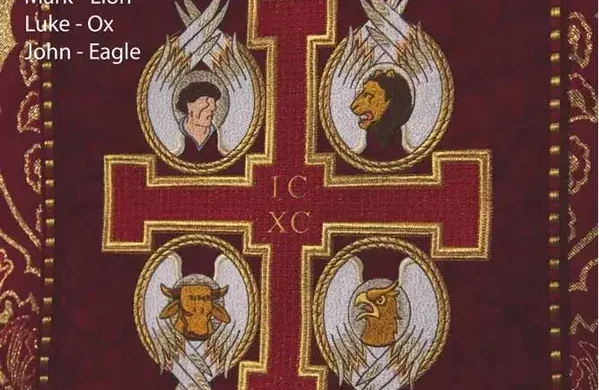
5 Ways Christians Can Battle Demons Through Scripture
The Bible doesn’t leave us guessing. Find out the 5 powerful ways to fight demons and why you’re already on the winning side.
The Liturgical Calendar defines the Church year, outlining a series of seasons and festive occasions that liturgical ceremonies observe throughout the year. Christians used this calendar as a guide, so they could properly celebrate the significant events in the life of Christ and the Church.
The liturgical year is divided into six seasons, each with its own theme and focus. Advent, which heralds the coming of Christ, begins the Church year, followed by Christmas, which celebrates the birth of Jesus. Lent is a time of penance and reflection, leading up to Holy Week, which culminates in the celebration of Easter, the most important feast of the Christian calendar. Ordinary Time follows Easter, with a focus on the teachings of Jesus Christ and the Church. The season of Advent then begins again, marking the end of one liturgical year and the beginning of another.
Throughout the year, the Liturgical Calendar also includes several important feasts and solemnities, such as the Feast of the Epiphany, the Transfiguration, the Assumption of the Blessed Virgin Mary, and All Saints’ Day. These celebrations allow the faithful to honor the lives of the saints and reflect on the significance of their contributions to the Church.
By following the Liturgical Calendar, Christians can participate in a rich tradition of liturgical worship that connects them to the history of the Church and the life of Christ. It provides a framework for the celebration of the mysteries of faith and ensures that Christian followers would never lose sight of the significance of these events in their lives.

The Bible doesn’t leave us guessing. Find out the 5 powerful ways to fight demons and why you’re already on the winning side.
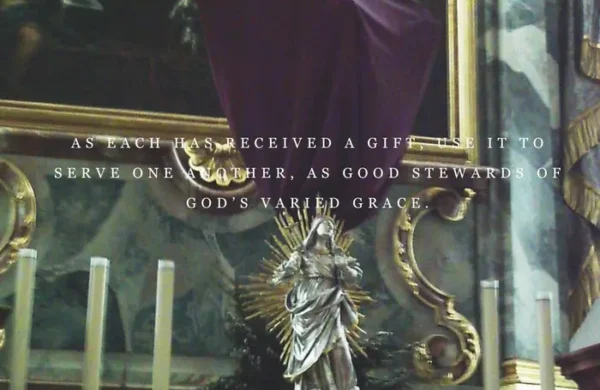
If you walk into church during the final weeks of Lent, you might be surprised. The crucifix is covered, the statues of the saints are hidden behind purple cloths, and even images of Jesus are veiled. The church feels quieter, plainer maybe even a little empty.
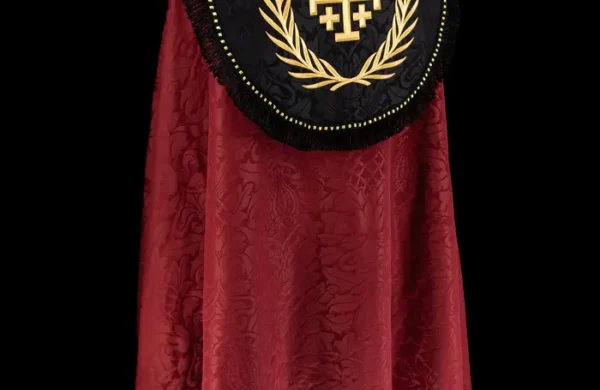
It looks like just another red but it is not. Oxblood has a hidden story few people know, rooted in centuries-old faith, sacrifice, and sacred tradition. What made monks choose this deep, somber shade for Holy Week? And why does it still matter today?
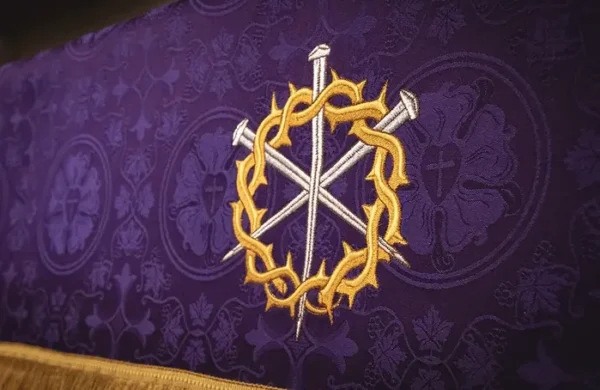
What would inspire a 12-year-old boy to risk his life in ancient Rome? Discover the story of Saint Tarcisius, who chose death rather than surrender the Eucharist, and learn why his courage continues to inspire Christians today.
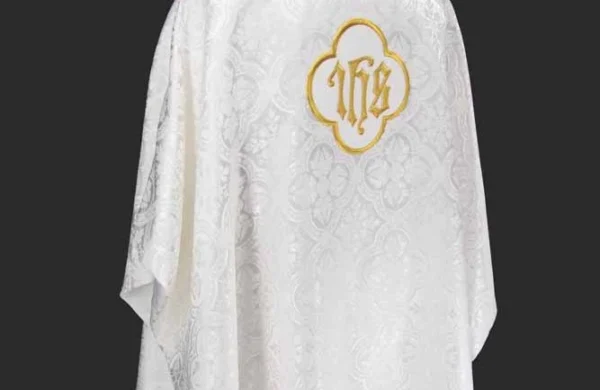
We chase happiness through wealth, pleasure, and success, yet something always feels missing. St. Augustine understood this restlessness centuries ago and his insight might just change how you see your deepest longings.
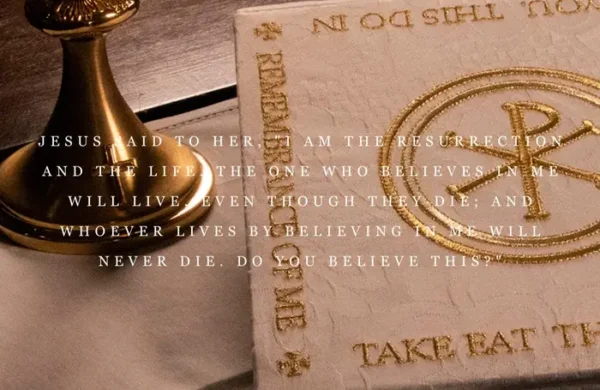
Uncover the hidden meanings behind Easter’s most iconic colors: white and gold. These symbols hold the keys to a deeper understanding of Christ’s victory and the eternal hope it brings.
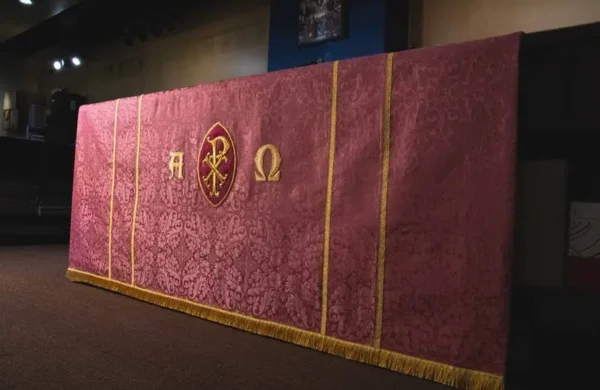
From the powerful declaration to Peter about building His Church to the vibrant community life of early Christians, Scripture reveals a divine plan far more expansive than private spirituality. When Jesus said, “I will build my church,” He wasn’t suggesting an optional add-on to personal faith – He was laying the foundation for how His followers would thrive, grow, and serve together
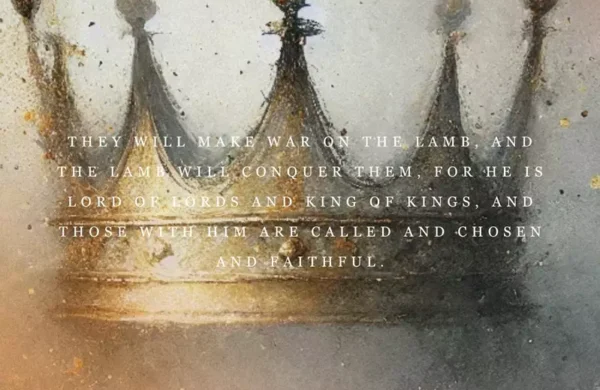
From an ancient decree in 1925 to today’s global challenges, Christ the King feast isn’t just history – it’s a revolutionary message that transforms how we view power and authority. Discover why this royal truth is more urgent now than ever before.

Ever noticed how the most serene Easter services seem effortless? That’s because they weren’t planned in March. Those peaceful moments – the perfectly draped altar, the gleaming vestments, the calm atmosphere – they’re all born from decisions made months earlier.

The color purple holds deep significance during Lent, symbolizing royalty, humility, and the suffering of Christ. Historically reserved for the powerful, purple dye was labor-intensive to produce, making it a mark of authority. Today, it serves as a reminder of Jesus’ kingship and the sacrifices made during his Passion. As we reflect on this color, we are called to embrace our struggles and prepare for the resurrection that awaits us.
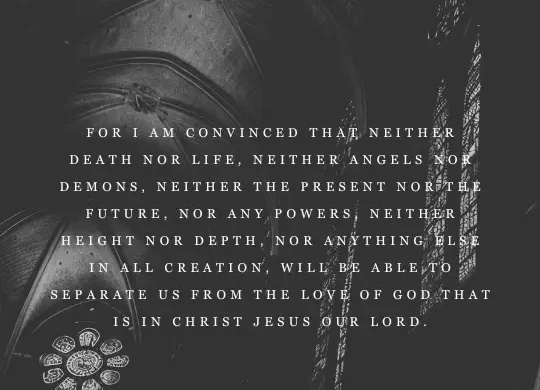
Allhallowtide invites us to reflect on life, honor the saints, and remember our loved ones. From Halloween’s acknowledgment of death to All Saints’ Day’s celebration of holiness and All Souls’ Day’s remembrance of those we’ve lost, this three-day observance encourages us to live intentionally and embrace the intertwined nature of love and grief.

As the busy holiday season approaches, now is the perfect time to place your Christmas orders for altar linens, vestments, and church decorations. While Advent may already be fully booked, planning ahead for next year is essential. Additionally, it’s never too early to start thinking about Lent and Easter projects to avoid last-minute stress. Don’t hesitate to reach out for assistance with fabric choices or design ideas—secure your order today to ensure your church is beautifully prepared for these important liturgical seasons.
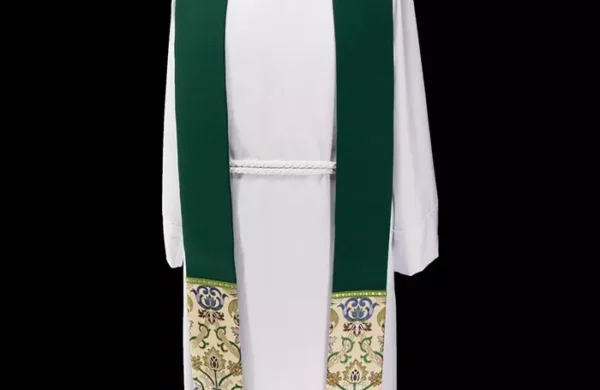
Celebrate Pastor Appreciation Month by gifting your Pastor or Priest a new stole at a rare 10% discount. Handmade in the US from high-quality European fabrics, these stoles enhance their appearance and symbolize your gratitude for their dedicated service. Act fast—this exclusive offer ends on October 31st! Gather your congregation to give a meaningful gift that honors their calling.

The pink (or rose) vestments worn by priests on Gaudete Sunday (Advent) and Laetare Sunday (Lent) mark joyful moments in these otherwise reflective seasons. They symbolize hope and celebration, reminding us that Christ’s arrival is near. This tradition, rooted in the 11th century, serves as a visual reminder to rejoice during spiritual preparation.
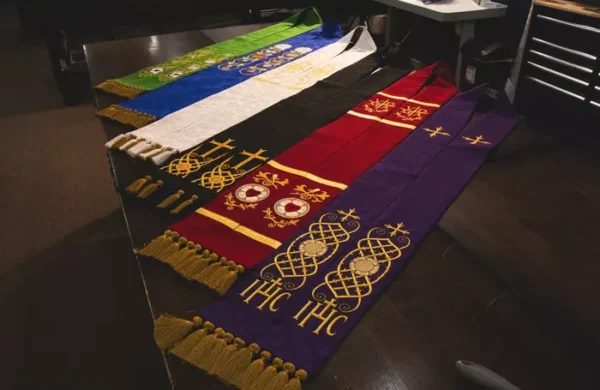
Get ready for a stress-free Advent and Christmas with our custom vestments. Plan ahead this fall to ensure your church is beautifully prepared for the sacred season.
You must be logged in to post a comment.